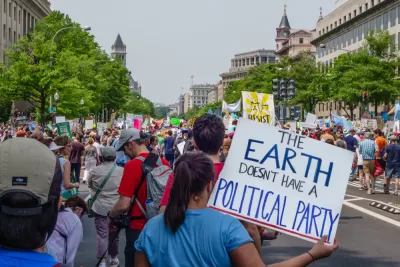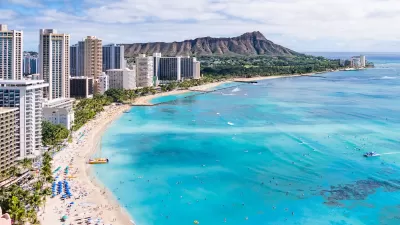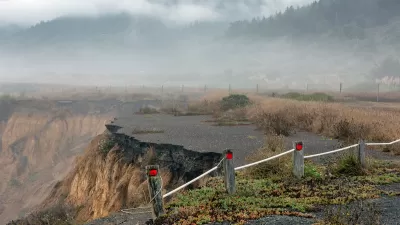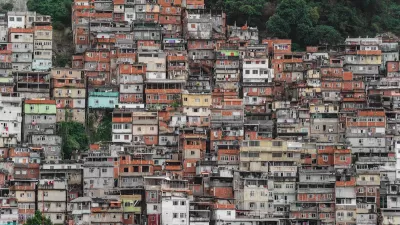Billions of people will have to relocate in the next decades. Are governments prepared?

As climate disasters make some parts of the world increasingly unlivable, billions of people — an estimated 3.5 billion by 2070 — will have to relocate to safer ground.
As Ayana Elizabeth Johnson explains in a piece for Wired, “To date, most climate migration has occurred within nations, but as the regions affected by extreme weather expand, that will need to change.”
We will have to be vigilant about keeping xenophobia at bay, acknowledging the cruel injustice at play as the lowest greenhouse gas emitting nations, like the Pacific islands, are the first to be inundated.
Johnson notes that governments at all levels are starting to take note, creating policies such as relocation buyouts and limiting new developments in risky areas. To prepare for relocating its residents once sea levels make the island unlivable, the government of the South Pacific nation of Kiribati purchased land in Fiji.
“Already, 11 percent of Americans have considered moving to avoid the impacts of global warming, and roughly 75 percent are hesitant to buy homes in areas with high climate risks like wildfires (more than 30 million homes in the lower 48 US states are at risk of being hit with wildfires).” Meanwhile, insurance companies are hiking rates or pulling out of certain areas altogether.
As Johnson points out, governments will need proactive policies to manage the climate migration that will become a fact of life. “It’s not that people want to move, to leave the communities and ecosystems they love and call home; it's that they must.”
FULL STORY: The Climate-Driven Diaspora Is Here

Maui's Vacation Rental Debate Turns Ugly
Verbal attacks, misinformation campaigns and fistfights plague a high-stakes debate to convert thousands of vacation rentals into long-term housing.

Planetizen Federal Action Tracker
A weekly monitor of how Trump’s orders and actions are impacting planners and planning in America.

In Urban Planning, AI Prompting Could be the New Design Thinking
Creativity has long been key to great urban design. What if we see AI as our new creative partner?

King County Supportive Housing Program Offers Hope for Unhoused Residents
The county is taking a ‘Housing First’ approach that prioritizes getting people into housing, then offering wraparound supportive services.

Researchers Use AI to Get Clearer Picture of US Housing
Analysts are using artificial intelligence to supercharge their research by allowing them to comb through data faster. Though these AI tools can be error prone, they save time and housing researchers are optimistic about the future.

Making Shared Micromobility More Inclusive
Cities and shared mobility system operators can do more to include people with disabilities in planning and operations, per a new report.
Urban Design for Planners 1: Software Tools
This six-course series explores essential urban design concepts using open source software and equips planners with the tools they need to participate fully in the urban design process.
Planning for Universal Design
Learn the tools for implementing Universal Design in planning regulations.
planning NEXT
Appalachian Highlands Housing Partners
Mpact (founded as Rail~Volution)
City of Camden Redevelopment Agency
City of Astoria
City of Portland
City of Laramie





























